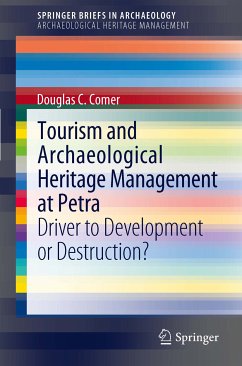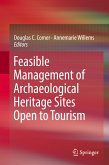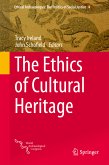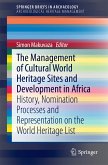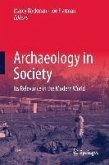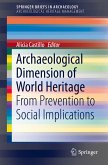For centuries, the Nabataeans controlled the trade in precious commodities across the Arabian Peninsula, bring spices from Southeast Asia, incense from present-day Yemen, gold and ivory from Africa, and silk from the Far East across the Empty Quarter to ports on the western Mediterranean.
In 1985, Petra was included on the list of World Heritage Sites. Since then, low cost jet travel and a fast highway from the capital city of Amman have made the site increasingly accessible. The Jordanian government has made attracting tourists to Jordan a top priority.
For all of the attention that Petra has received, it is still surprisingly poorly understood. A widely accepted chronology of the city, even the dates of major tombs and monuments, has yet to be established. Even the mystery of why and how Arab nomads adopted a sedentary lifestyle and built a great city has yet to be fully explained.
Will Petra's popularity as a tourism destination overshadow the importance of addressing these questions, and, more importantly, will tourism damage the archaeological remains there in ways that make answers more difficult or even impossible to find?
Dieser Download kann aus rechtlichen Gründen nur mit Rechnungsadresse in A, B, BG, CY, CZ, D, DK, EW, E, FIN, F, GR, HR, H, IRL, I, LT, L, LR, M, NL, PL, P, R, S, SLO, SK ausgeliefert werden.

